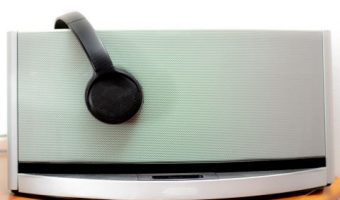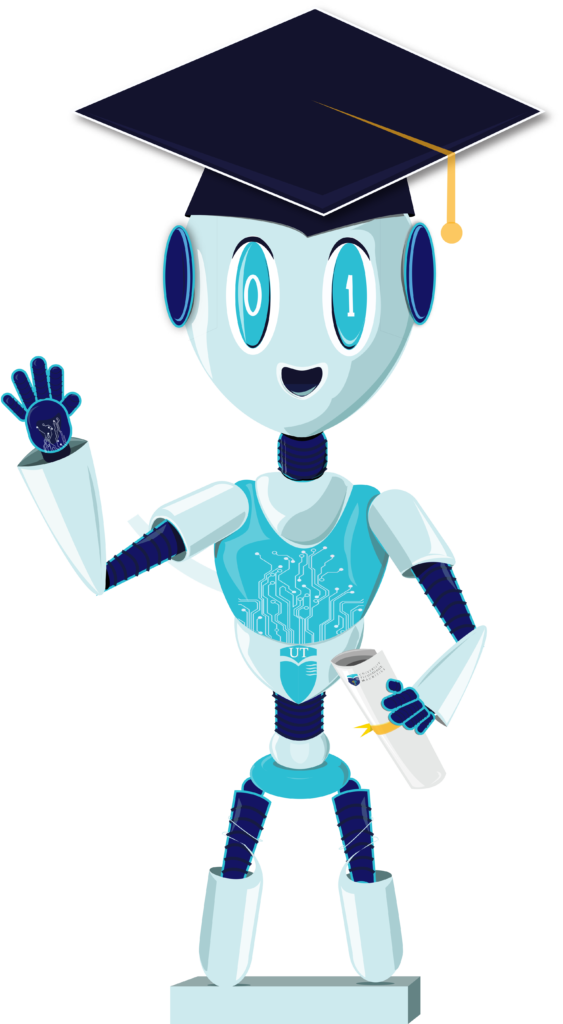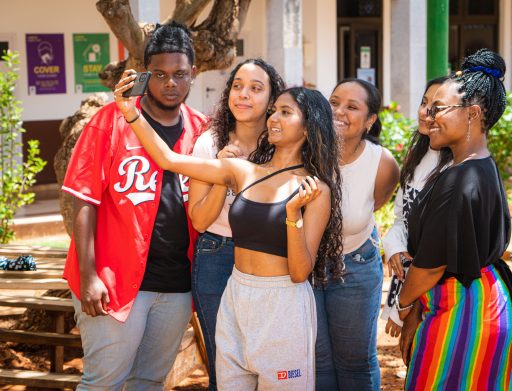Short programme in Sound for Cinematography
Experience the approach to recording high-quality audio.
Career Prospects
- Successful candidates will be able to work in the field of audiovisual production as sound assistant, audio technician and boom operators.
Objectives
Understand and use appropriate technical terms present in the field of audio recording and sound editing.
Demonstrate skills to set up microphone properly and to capture recording for different media.
Understand, use and recommend the use of supportive gears to acquire sound as required.
Show an understanding of the specificity of audio propagation, understand common problem associated
with sound propagation and demonstrate ability to propose solution to solve common problems.
Demonstrate skills to record, edit and mix sound tracks to film / video using multi-tracking audio hardware.
Understand and propose appropriate audio export file formats.
Requirements
- The course is open to applicants who have studied up to the School Certificate (S.C) or the General Certificate of Education (G.C.E) ‘O’ Level or IGCSE.
- Participants will need to be computer literate and do have access to a camera capable of recording at a resolution of Full HD with a minimum frame rate of 24 fps. Mobile phone and Digital Single Lens Reflex (DSLR) cameras are acceptable as devices. Participants will also need to have access to an appropriate computing device capable of running the recent versions of Adobe Creative Suite. Leaners will also require a headset of an external microphone for automated dialogue replacements.
- For applicants under the National Skills Development Programme (NSDP), applicants should meet the eligibility criteria as set by the NSDP.
Curriculum
9 Lessons







